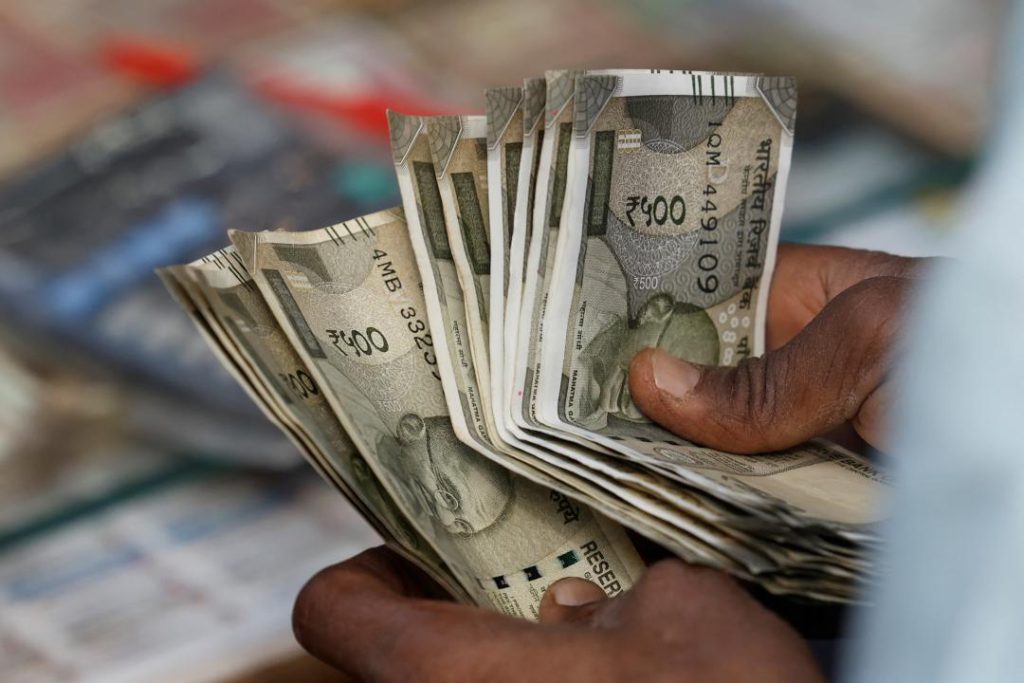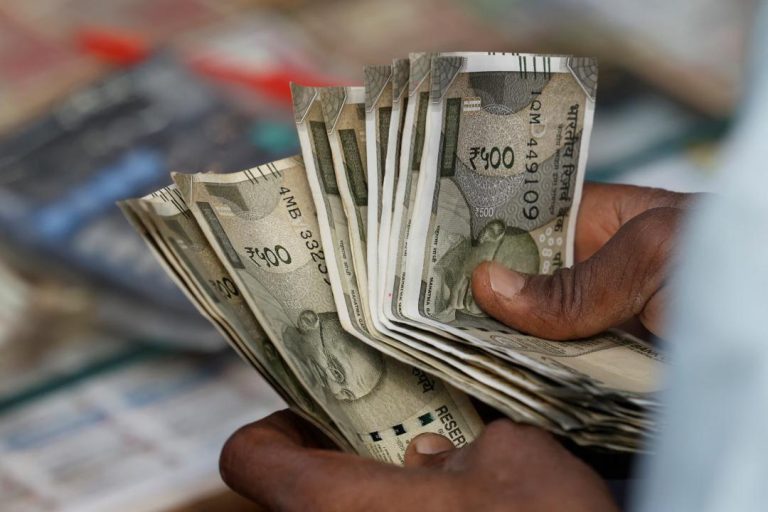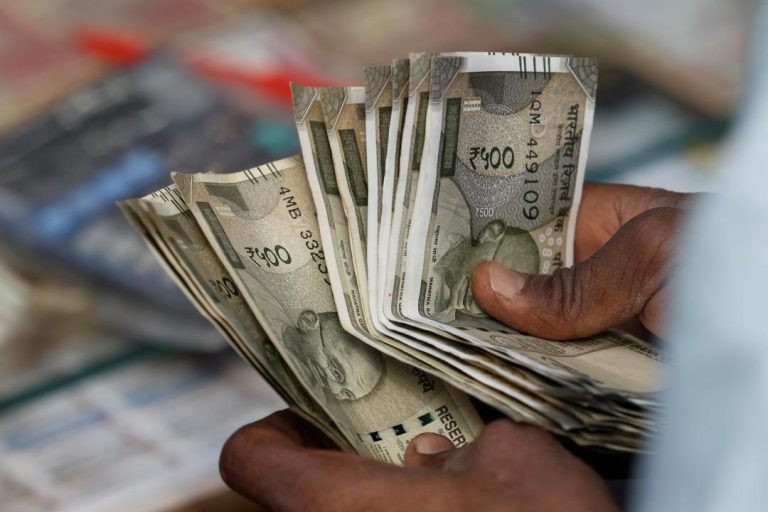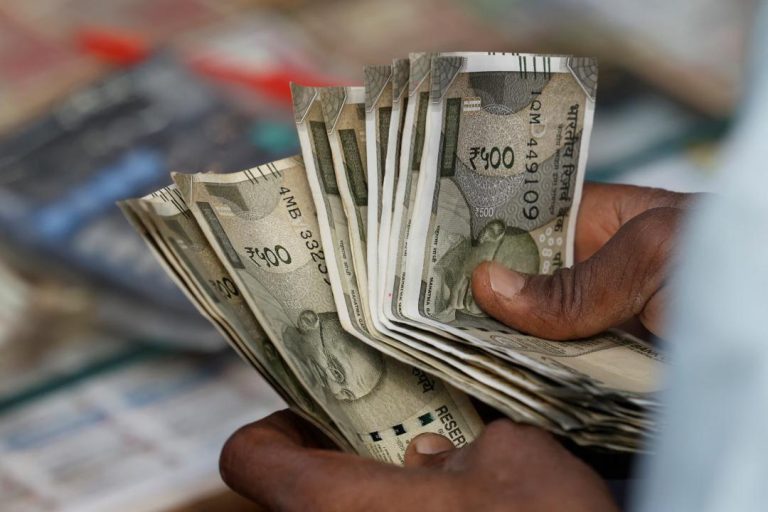
What Got Cheaper & Costlier in March as CPI Falls to 67-Month-Low of 3.34%?
In a significant development, India’s retail inflation, as measured by the Consumer Price Index (CPI), has fallen to a 67-month-low of 3.34% in March. This decline is a welcome respite for consumers, who have been grappling with rising prices in recent times. But what does this mean for the prices of various essential commodities? In this blog post, we’ll take a closer look at what got cheaper and what got costlier in March.
Declining Prices
Prices of eggs, vegetables, and pulses saw a considerable decline in March. According to data released by the Ministry of Statistics and Programme Implementation, the prices of eggs fell by 6.4% year-on-year, while vegetable prices decreased by 5.5%. Pulse prices, which include lentils, peas, and beans, dropped by 4.8%.
Spices, meat, fish, housing, recreation, and amusement also saw prices drop marginally. Spices prices fell by 1.4%, while meat, fish, and poultry prices decreased by 1.1%. Housing prices, which are a significant component of the CPI, rose by a mere 0.4%. Recreation and amusement prices, including those for entertainment and travel, fell by 0.5%.
Rising Prices
However, not all prices are declining. Fruit prices saw a sizeable jump, increasing by 14.3% year-on-year. This is likely due to seasonal factors, as many fruits are out of season during the winter months.
Cereals, milk, oil, sugar, confectionery, clothing, snacks, sweets, pan, tobacco, footwear, fuel, and health and education prices saw marginal rises. Cereals prices, which include rice, wheat, and other grains, rose by 1.5%. Milk prices increased by 1.3%, while oil prices rose by 1.2%. Sugar prices increased by 1.1%, and confectionery prices, including those for chocolates and other sweets, rose by 1%.
What Does This Mean?
The decline in CPI to a 67-month-low of 3.34% is a positive development for the Indian economy. It suggests that inflationary pressures are easing, and consumers can expect lower price rises in the coming months. The decline in prices of essential commodities like eggs, vegetables, and pulses will provide some relief to households, particularly those with fixed incomes.
However, the rise in fruit prices and other essential commodities like cereals and milk is a cause for concern. These price increases may have a disproportionate impact on low-income households, who spend a larger proportion of their income on food.
What’s Ahead?
The Reserve Bank of India (RBI) has been monitoring inflation closely and has been taking steps to ease monetary policy to support economic growth. The decline in CPI to a 67-month-low of 3.34% is likely to give the RBI more room to cut interest rates further, which could stimulate economic growth.
However, the RBI will need to balance the need to stimulate economic growth with the need to keep inflation under control. The central bank will need to carefully monitor price developments and ensure that inflation remains within its target range of 4% +/- 2%.
Conclusion
In conclusion, the decline in CPI to a 67-month-low of 3.34% is a positive development for the Indian economy. While prices of essential commodities like eggs, vegetables, and pulses have declined, fruit prices and other essential commodities have seen marginal rises. As the RBI continues to monitor inflation and adjust monetary policy accordingly, consumers can expect lower price rises in the coming months.
Source:




